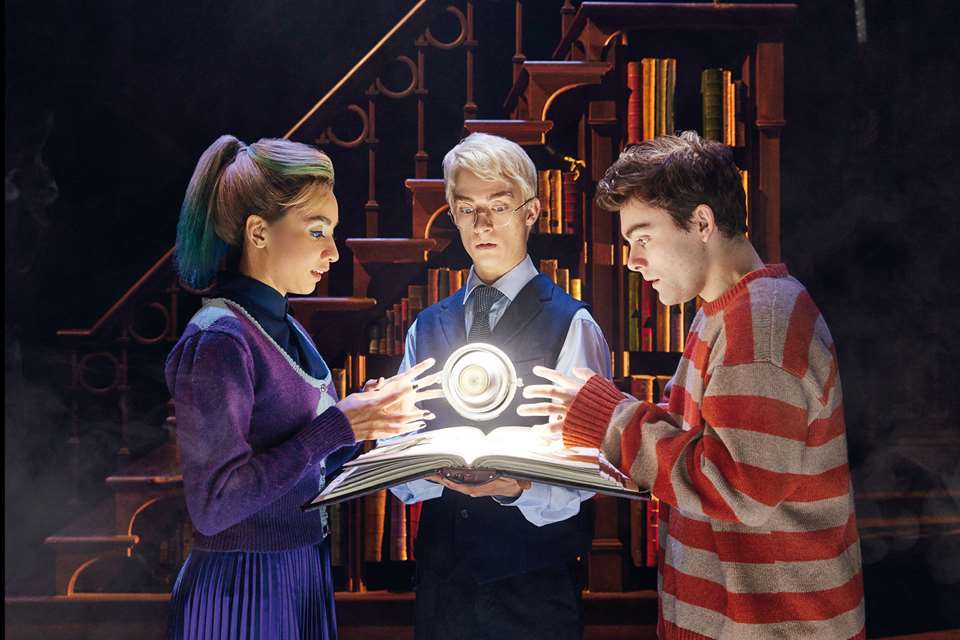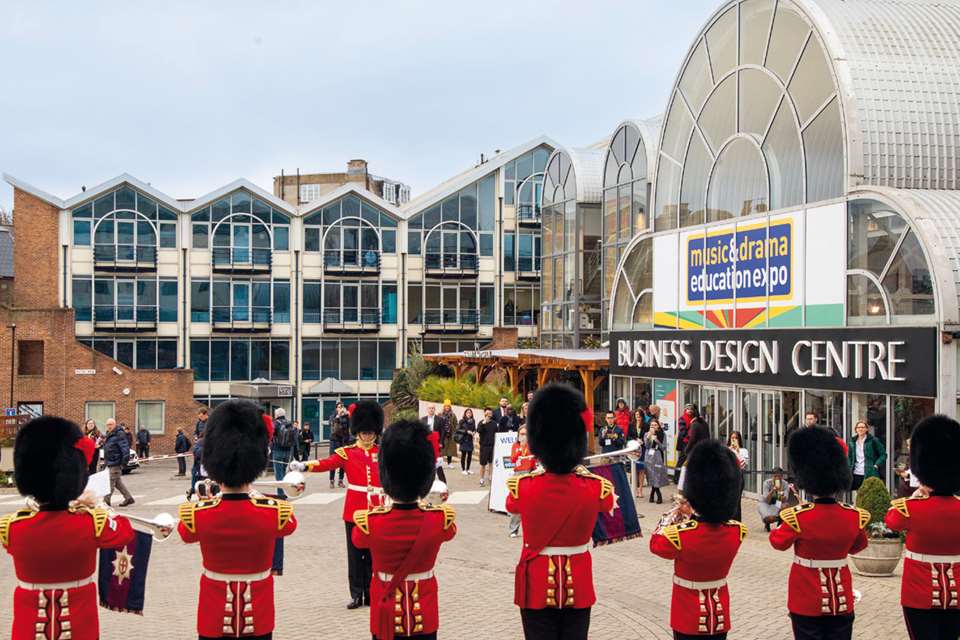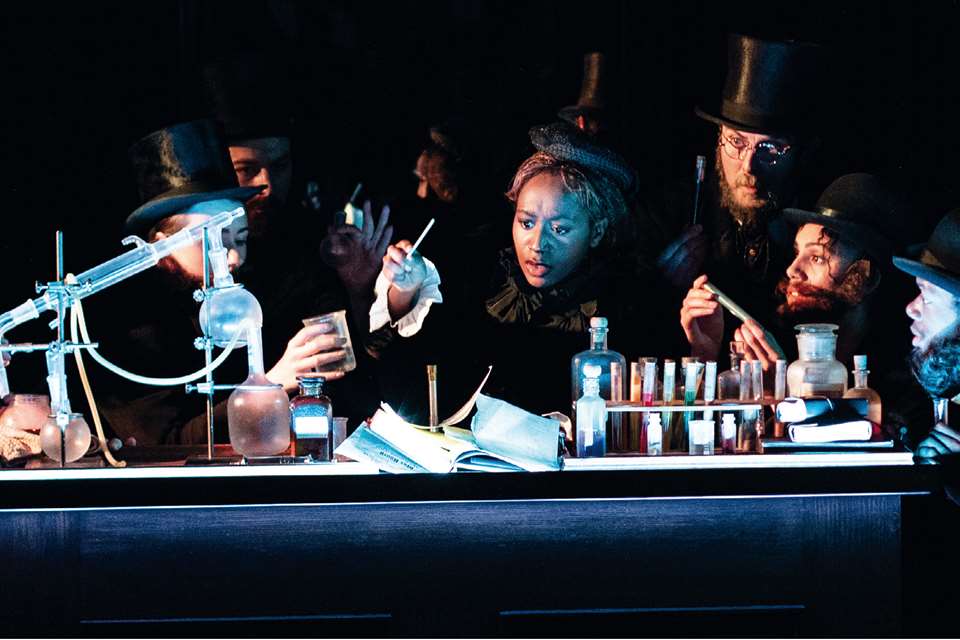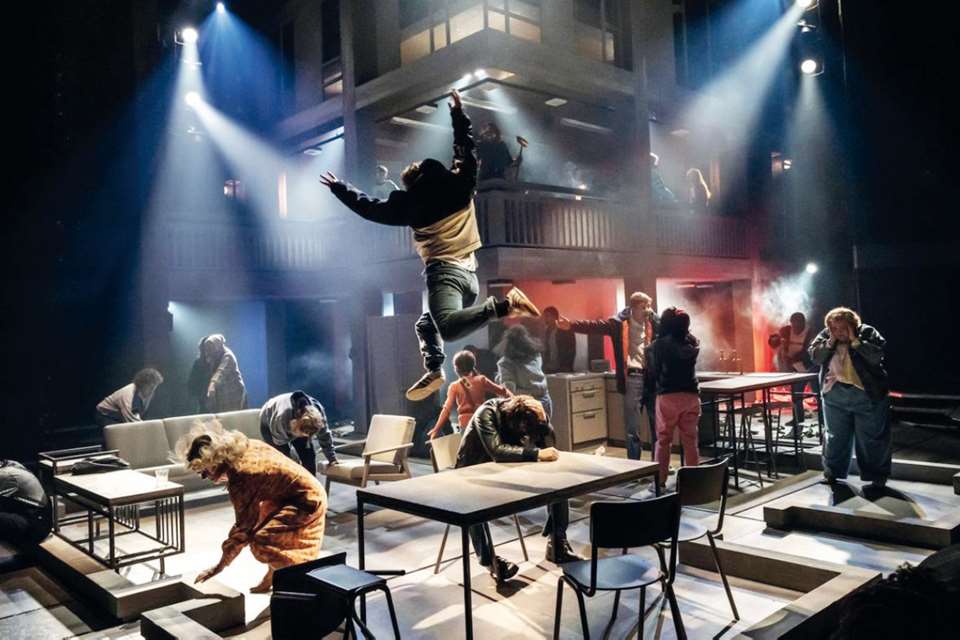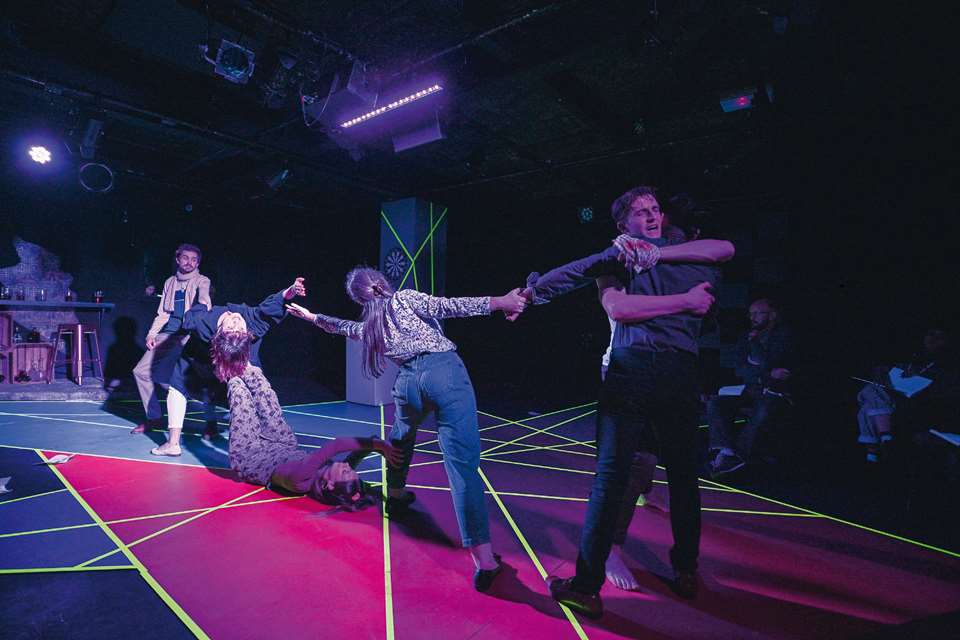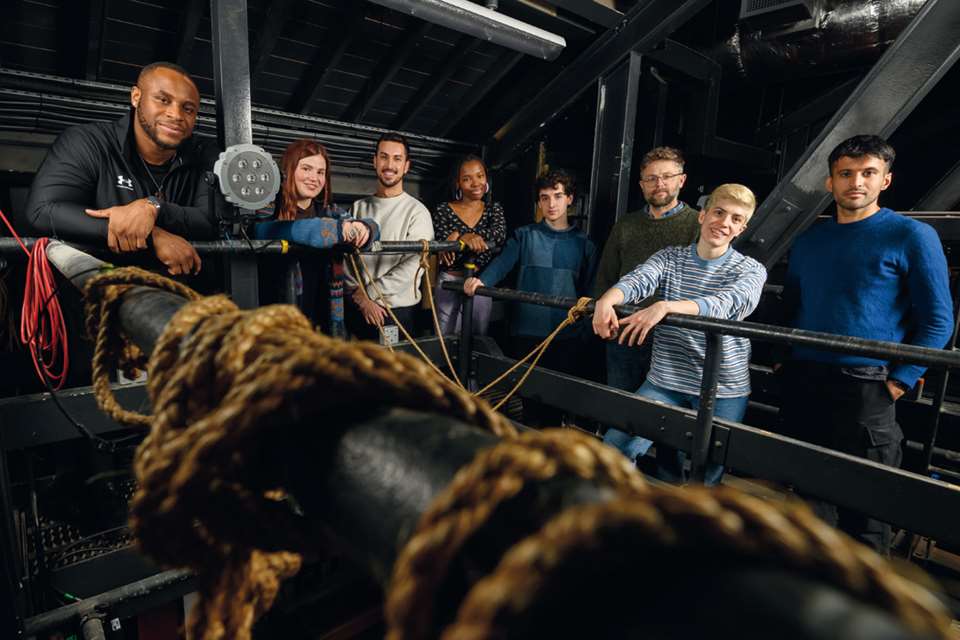Every Brilliant Thing
Paul Bateson
Thursday, February 1, 2024
In each issue of D&T we bring you a page-to-stage focus on a play for performance with your students, written by someone who has directed it themselves. This issue, Paul Bateson introduces Every Brilliant Thing; a quirky, poignant, hard-hitting, storytelling text.
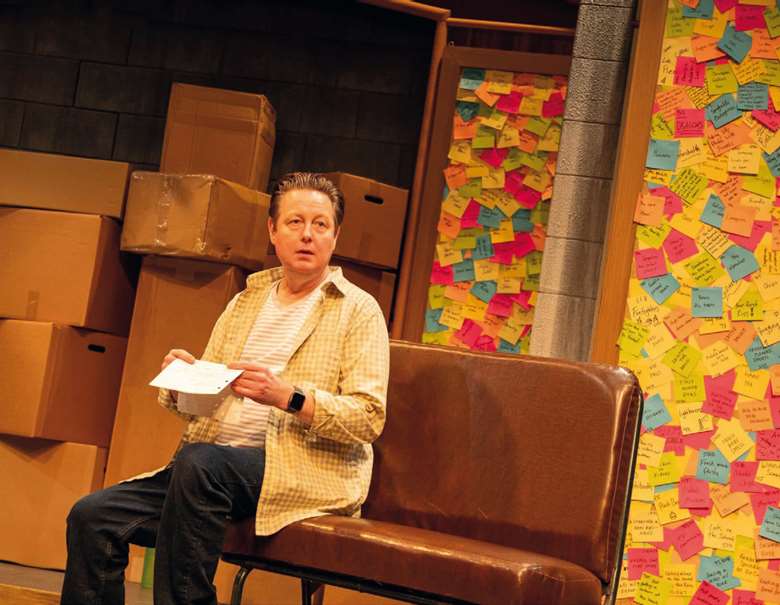
Courtesy Barter Theatre
Since it was first performed in 2013, Every Brilliant Thing has toured the world and played to 1000s of people; but in terms of being staged with young people the playwright (co-writer here) Duncan Macmillan is arguably more well known for his small cast plays (Monster; Lungs; People, Places, and Things). However, this emotional and engaging direct address piece, which allows for lots audience interaction, multi-use of props, and opportunities for music and projection, should not be overlooked.
Many of Macmillan's major plays take as their central theme a contemporary socio-political issue: Lungs explores parenthood; People, Places and Things tackles addiction and recovery; and Every Brilliant Thing considers the issue of suicidality. This text is therefore only suitable really for KS4/5 students, and above.
The play starts where, at the age of seven, our narrator (which has been played by males and females, old and young) hopes that by making a numbered list of ‘every brilliant thing’ that makes life worth living, they can make their mother feel better.
Working with a small confident cast there are some fun and challenging opportunities to explore non-conventional staging, innovation and imagination with props, and blurred audience/actor boundaries; which will allow strong performers to shine.
Style and staging
Essentially a solo show (with audience involvement), Every Brilliant Thing is written for one performer, but can be adapted for an ensemble. I have had success casting three or four main story tellers (sharing the narrator role) and dressing them the same, and then a further supporting cast of three, who can be used in versatile ways.
The show is usually played in the round, or thrust, but would be fun to try with a scattered or cabaret set up too, I would avoid end-on, or a raised stage of any kind.
One way in to adapting this text to an ensemble piece is to take the list of brilliant things, (and they are brilliant!) and have the cast create still images/five-second scenes to go with the statements. For example, from the opening page:
- Ice cream
- Water fights
- Staying up past your bedtime
- The colour yellow
- Things with stripes
- Rollercoasters
- People falling over
Audience interaction is an essential element to the performance of this text, and that should be embraced. Fundamentally, when any number is called, the ‘brilliant thing’ is then read out by the audience member who has the corresponding piece of paper (handed to them in the pre-show).
The script includes footnotes, for guidance and ideas for the audience involvement, but lots of the fun and connection of this piece comes from playfulness between actors and audiences, so allow actors to experiment in the rehearsal room and in the performance.
I would avoid using ‘plants’ in the audience, but as this is an adapted approach you can choose some of the moments that would normally be played with audience volunteers, to be played with the supporting cast as straight scenes (especially Mrs Patterson scenes, and the lecturer sequence). There is a film version available that may be of use.
Production
There is a fundamental production element here, so at its most basic form you need to include the numbered parts of the list on paper to be handed to different audience members be read out. This is great opportunity for a prop maker or designer to create them on or with anything. For example, they may use beer mats, note paper, bus tickets, post-its, and use crayon, biro, pen and pencil.
At the finale of the show, they are all left on the stage and in a box, for the audience to examine. There are meant to be 1,000,000 but use your discretion. It is a nice rehearsal room activity or homework for everyone to write some of their own.
There are a range of other props involved in the show that are meant to sourced from the audience at random. One way to adapt this for a production student (and to avoid a situation where we can't find a prop) is to use a box or bag filled with lots of props which can be used for different effects – for example in the very first section, where the narrator is re-enacting taking his childhood pet to the vets, there needs to be some fabric (to be the dog), and a pencil or something that works as a ‘needle’.
The show is punctuated throughout with a jazz and blues soundtrack, which is meant to be the lead character's fathers vinyl collection, having an actual record player on stage is a really powerful aspect.
Overall
Every Brilliant Thing is a beautiful, engaging, emotional play that is hard to do well, but so worth it. Macmillan has described his reason for writing the play as a desire to communicate to people ‘You're not alone, you're not weird, you will get through it, and you've just got to hold on’, and that is a good enough description as any of why I feel it is resonant when working with young people, although there is a list of many more reasons!


